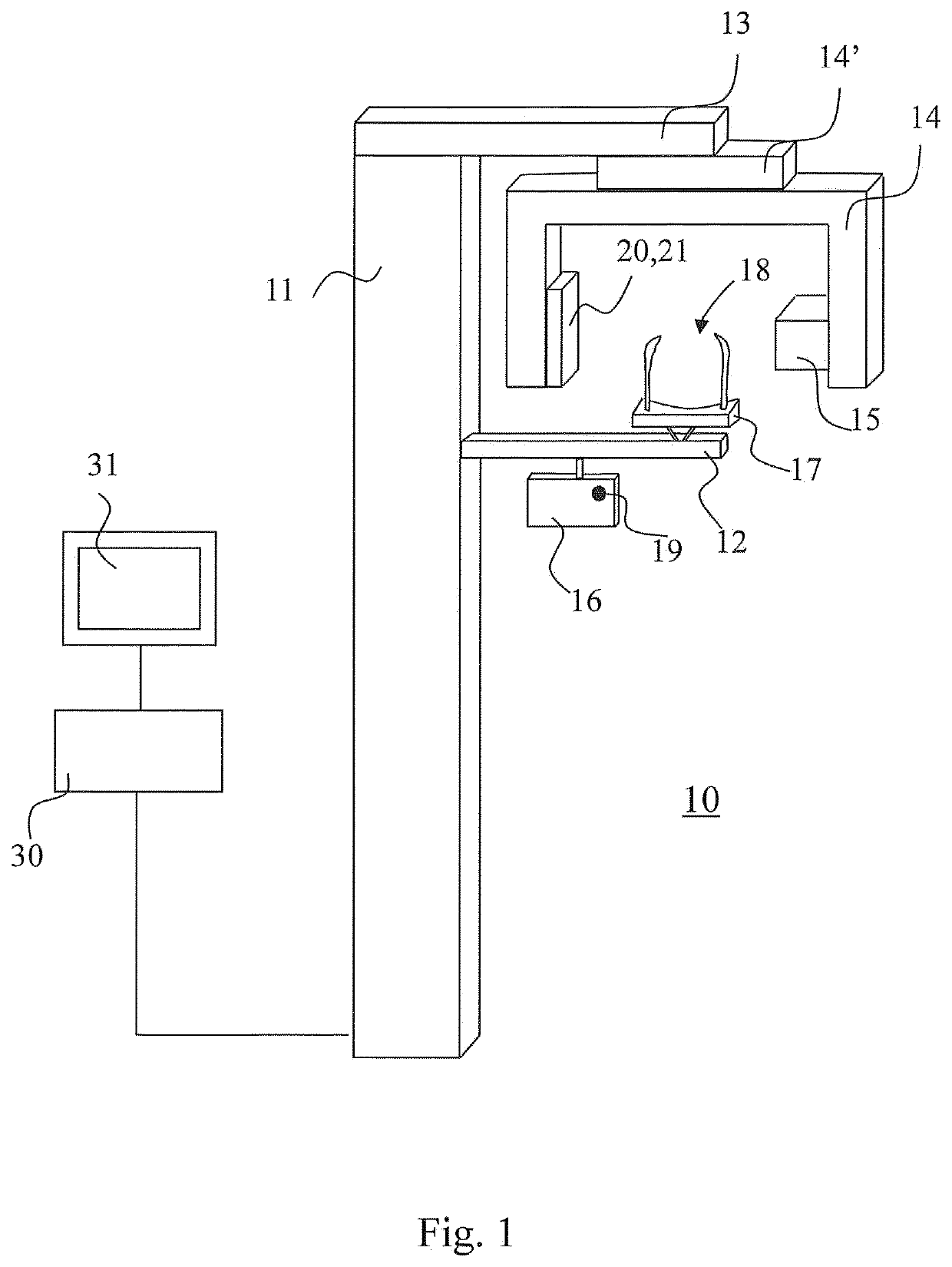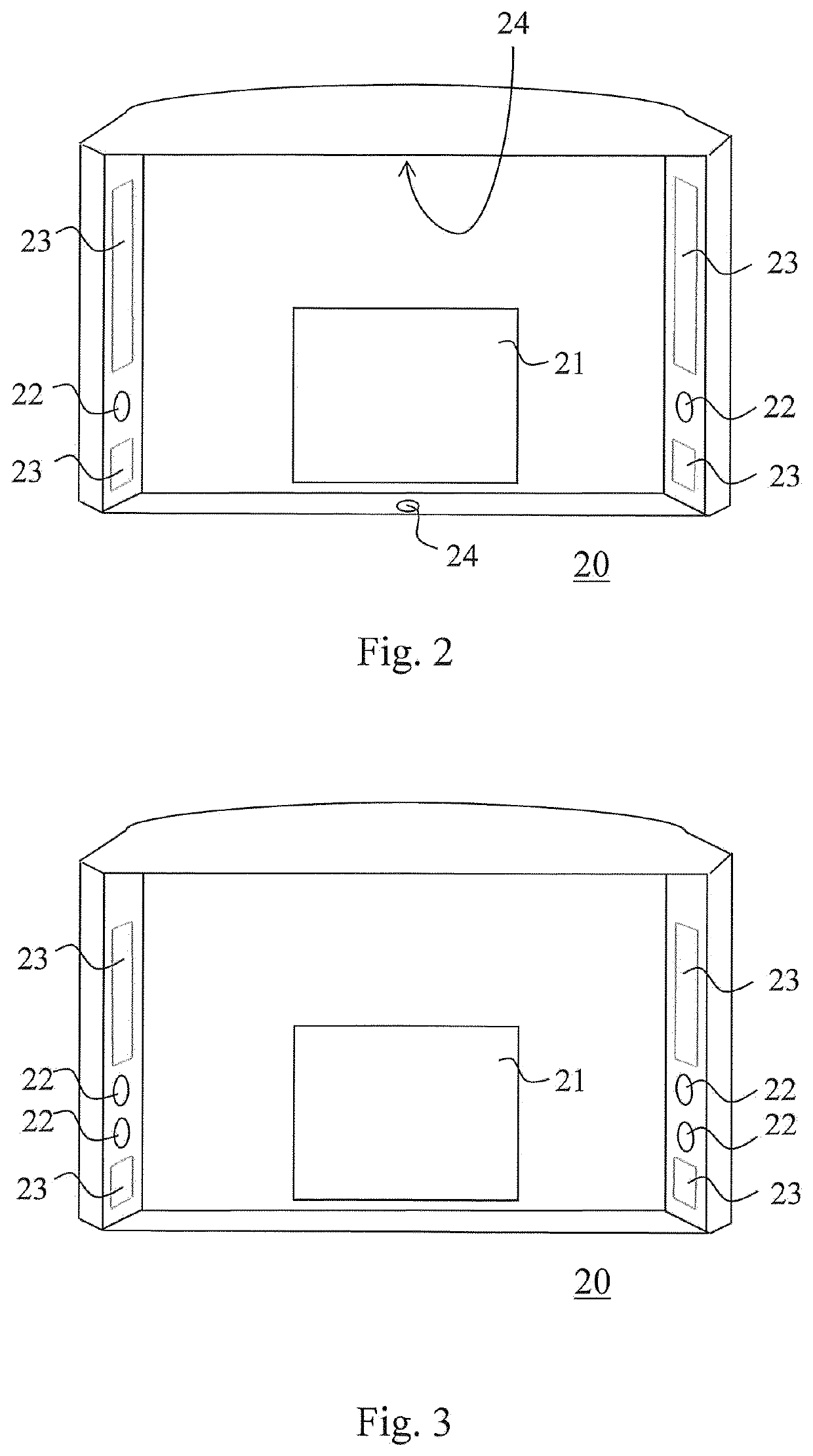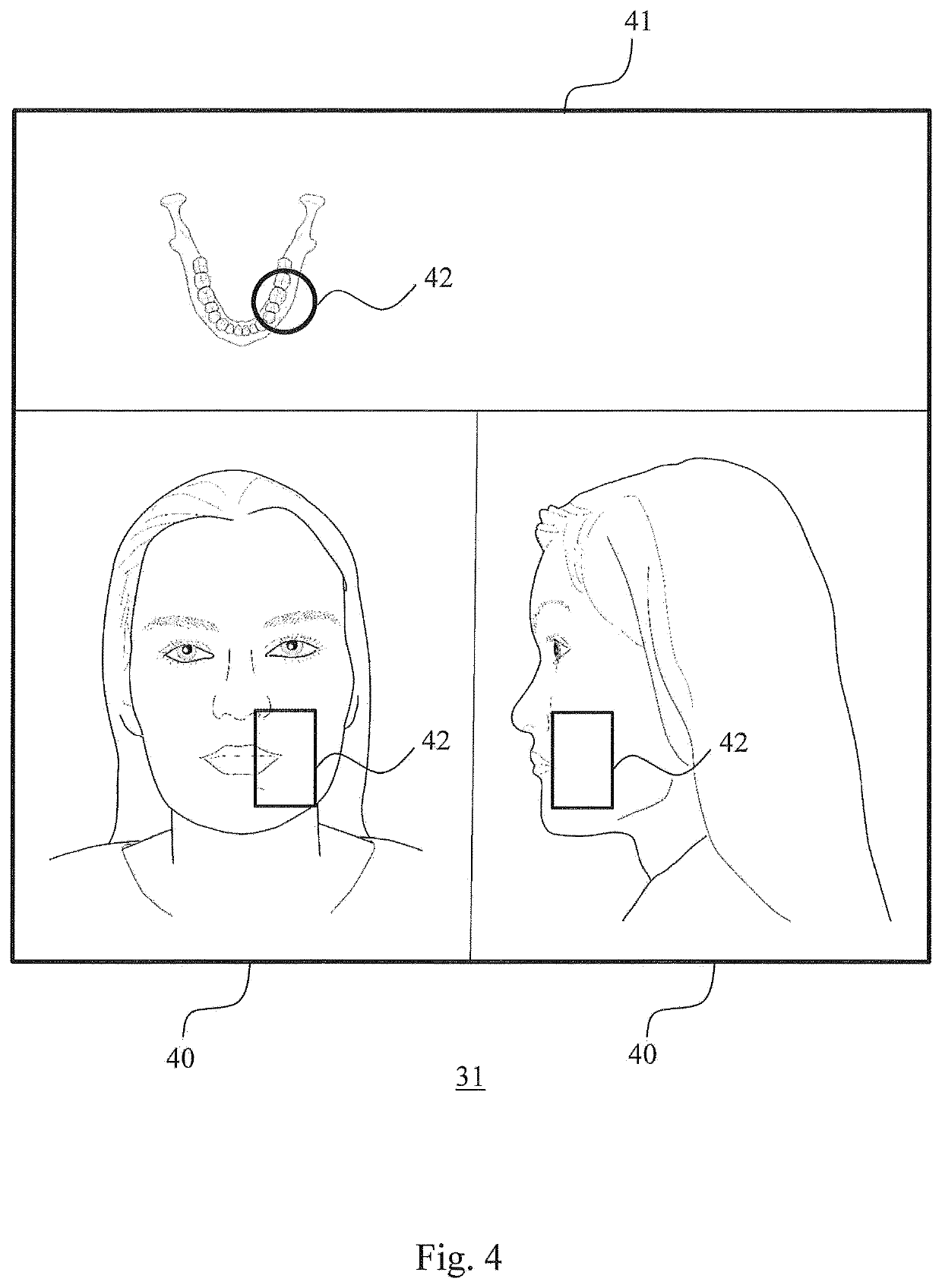Computed tomography and positioning of a volume to be imaged
a computed tomography and volume technology, applied in tomography, radiation beam directing means, applications, etc., can solve the problems of increasing the patient's total radiation dose, requiring extra time from both the patient and the personnel, and proving inaccurate positioning by even an experienced person, so as to achieve the effect of not increasing the radiation load
- Summary
- Abstract
- Description
- Claims
- Application Information
AI Technical Summary
Benefits of technology
Problems solved by technology
Method used
Image
Examples
Embodiment Construction
[0015]FIG. 1 shows a basic structure of one apparatus suitable for use in computed tomography. The apparatus includes a vertical support construction 11 from which horizontally extends an arm 12 supporting patient support means and an arm part 13 which supports a structure supporting imaging means of the apparatus, an arm part 14. In the structure according to FIG. 1, the arm part 14 supporting the imaging means is arranged rotatable via a second rotatable arm part 14′, which solution offers versatile possibilities for moving the imaging means. To the arm part 14 supporting the imaging means are arranged at a distance from each other an X-ray source 15 and a receiver of X-ray image information 21 which have been positioned to the apparatus with respect to a patient support means 17 such that to the apparatus is formed an imaging station 18 which is positioned between the X-ray source 15 and the receiver of X-ray image information 21 such that a beam produced by the X-ray radiation s...
PUM
 Login to View More
Login to View More Abstract
Description
Claims
Application Information
 Login to View More
Login to View More - R&D
- Intellectual Property
- Life Sciences
- Materials
- Tech Scout
- Unparalleled Data Quality
- Higher Quality Content
- 60% Fewer Hallucinations
Browse by: Latest US Patents, China's latest patents, Technical Efficacy Thesaurus, Application Domain, Technology Topic, Popular Technical Reports.
© 2025 PatSnap. All rights reserved.Legal|Privacy policy|Modern Slavery Act Transparency Statement|Sitemap|About US| Contact US: help@patsnap.com



